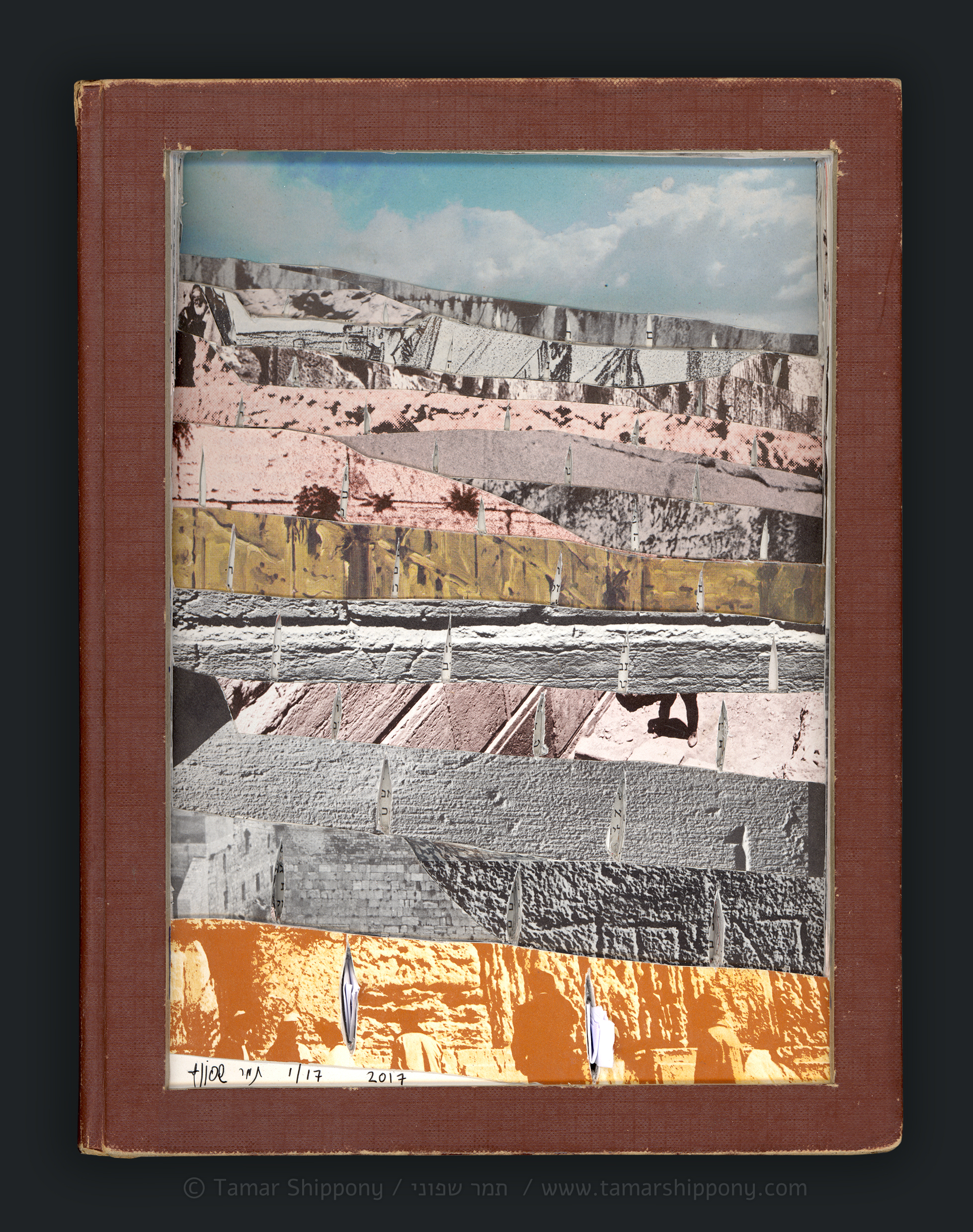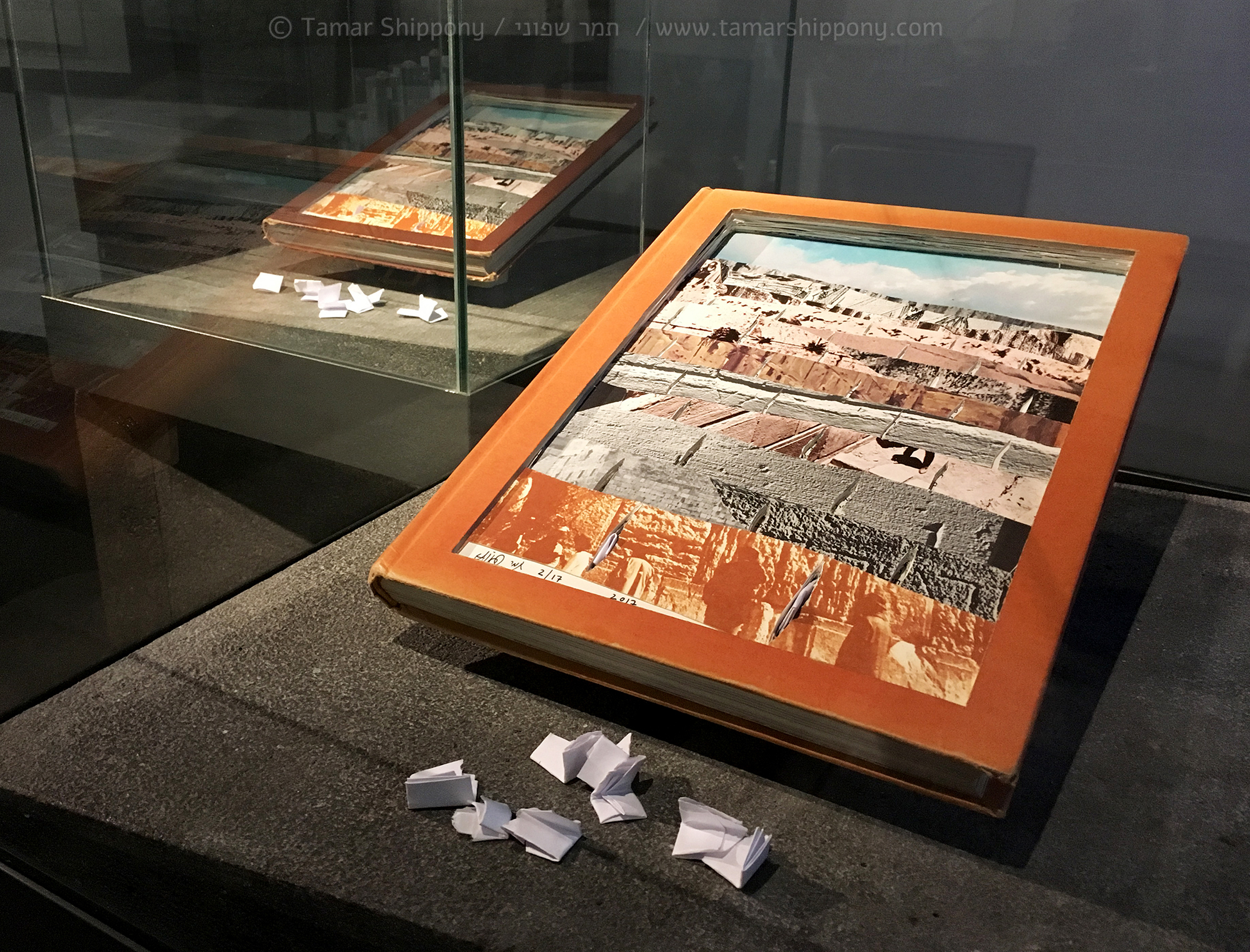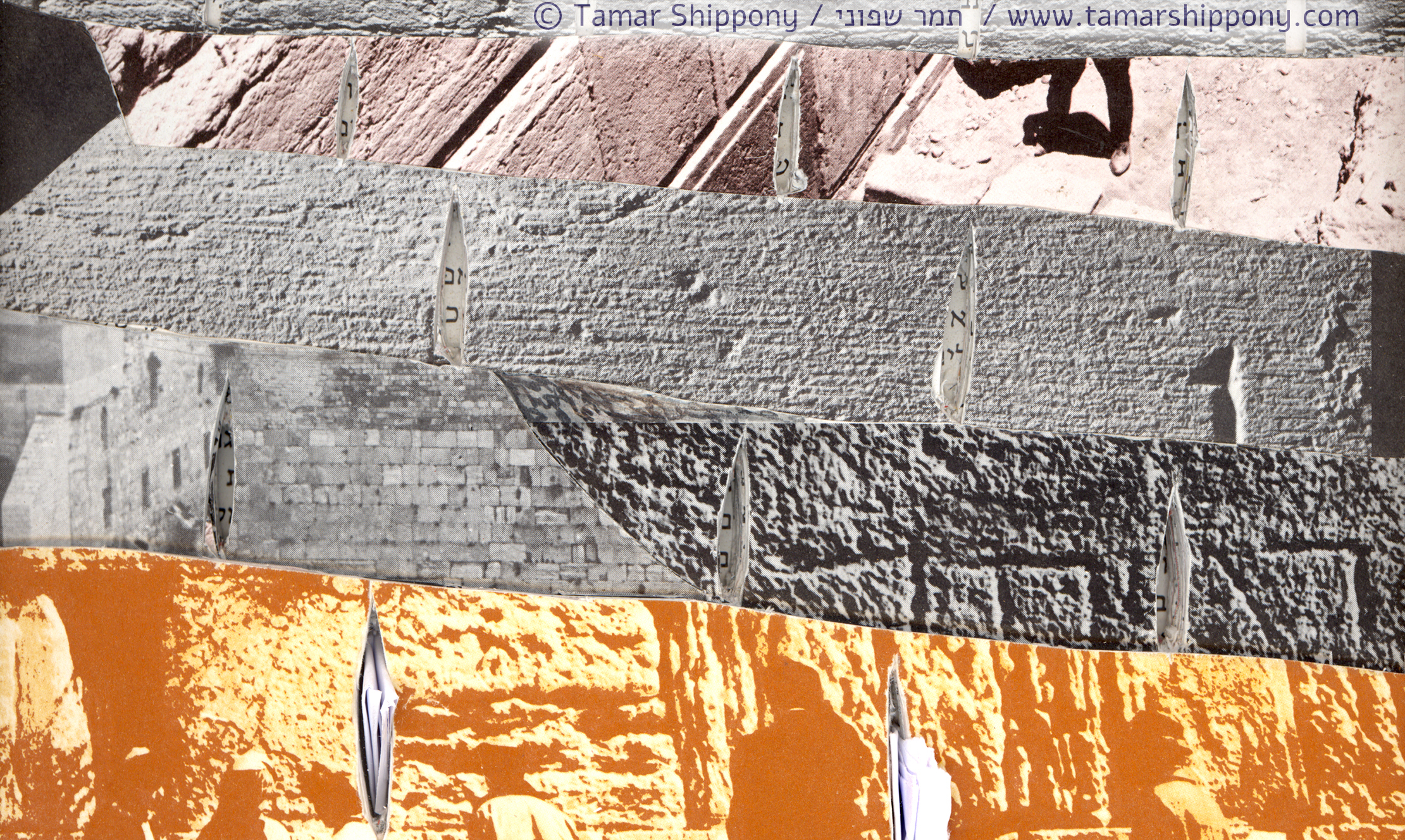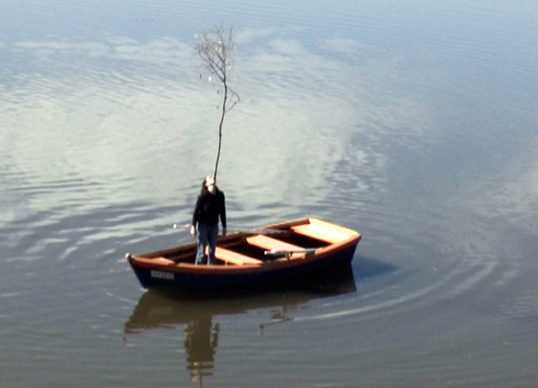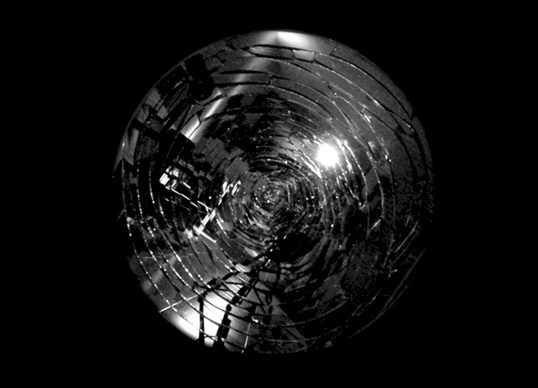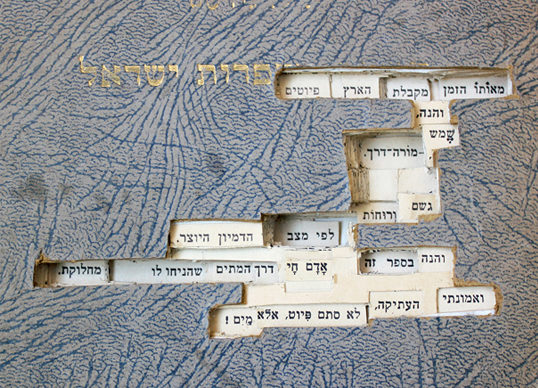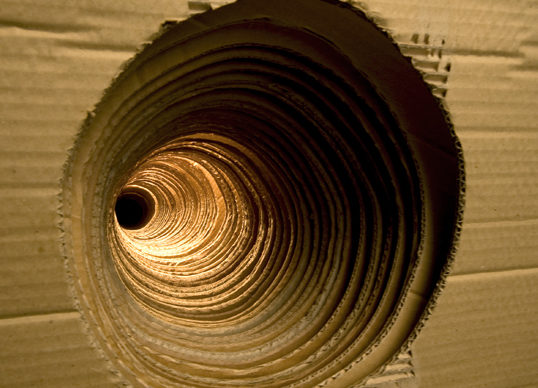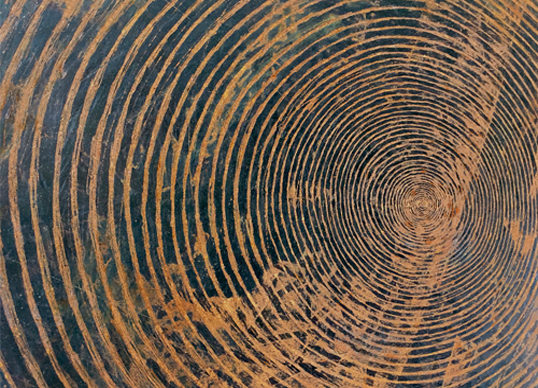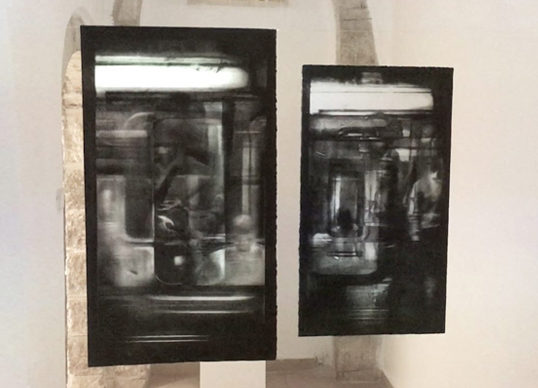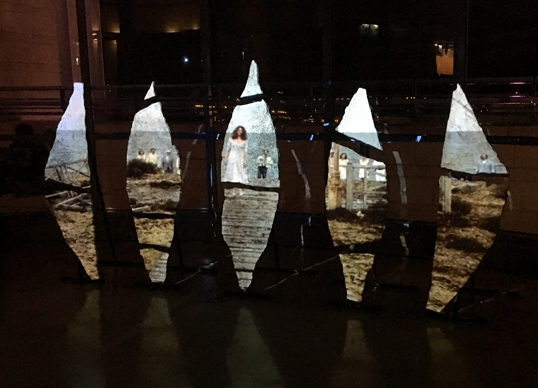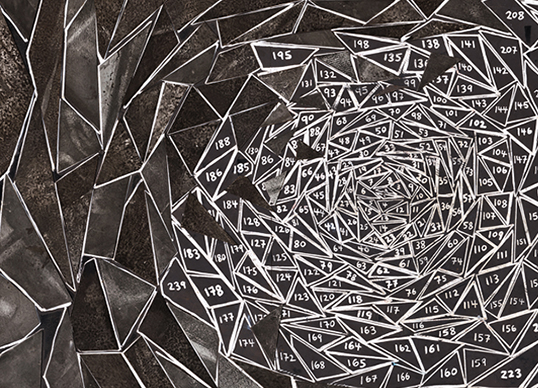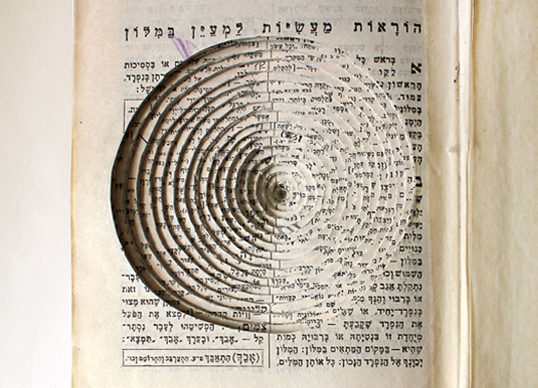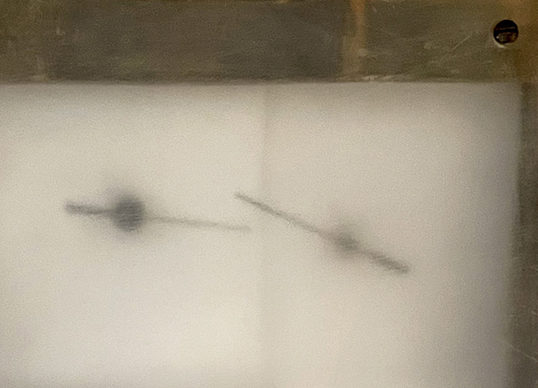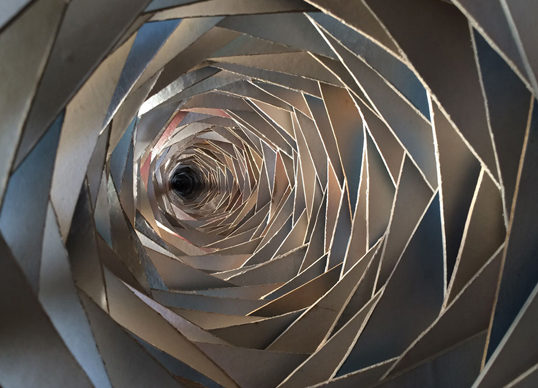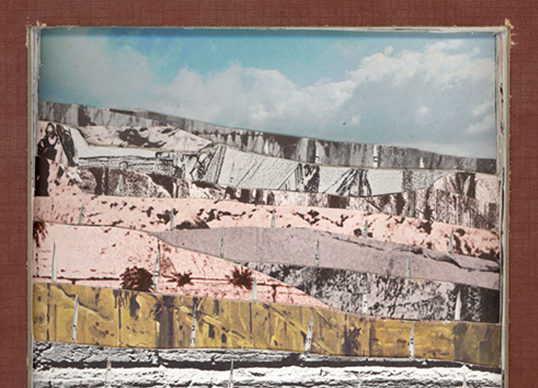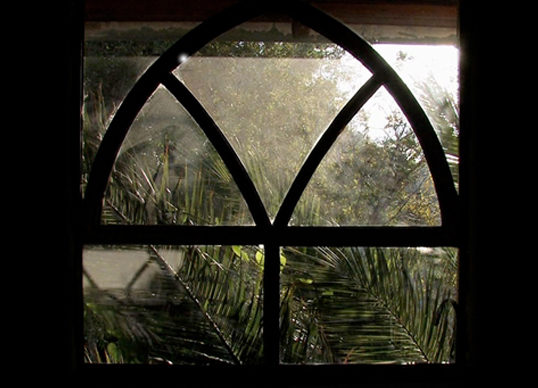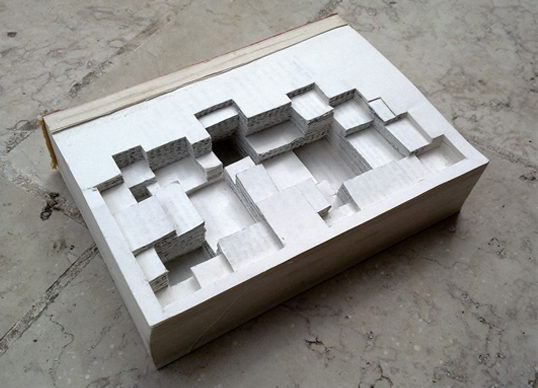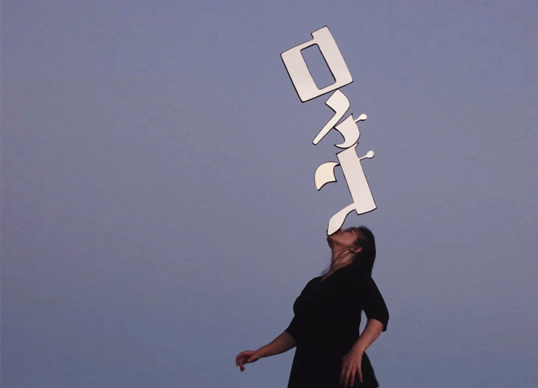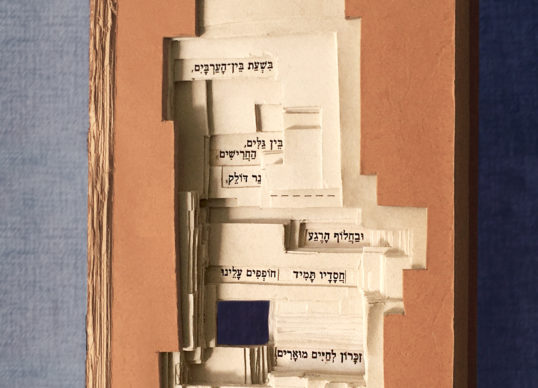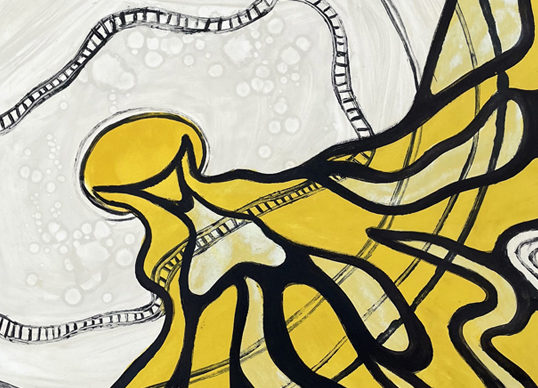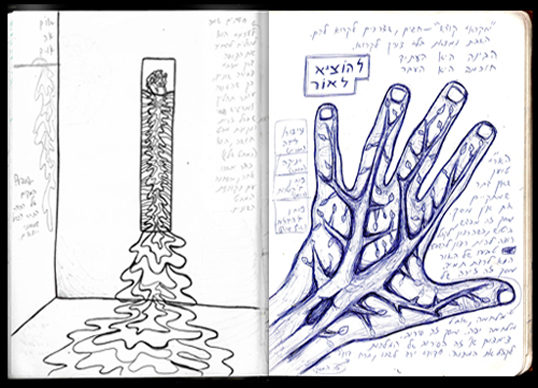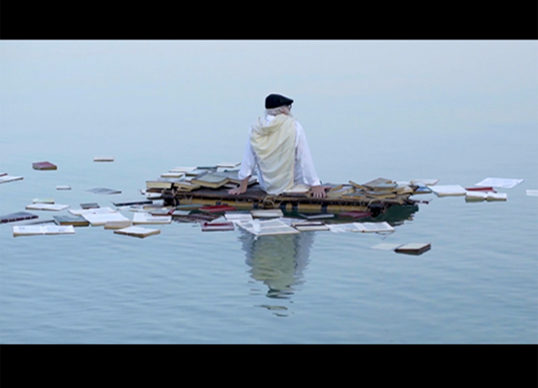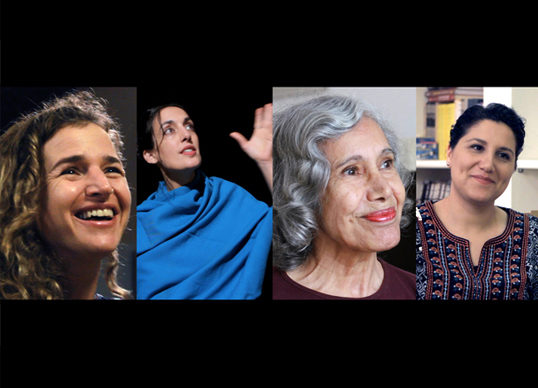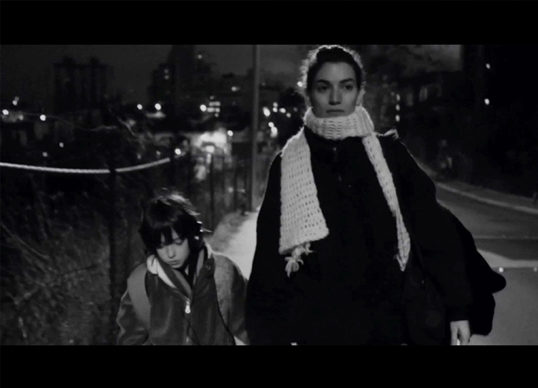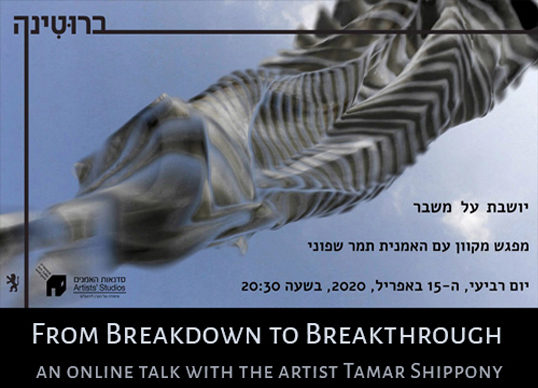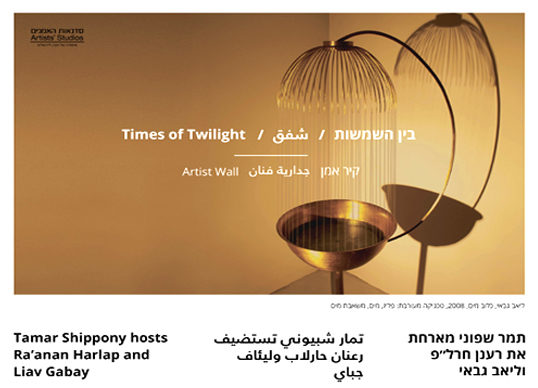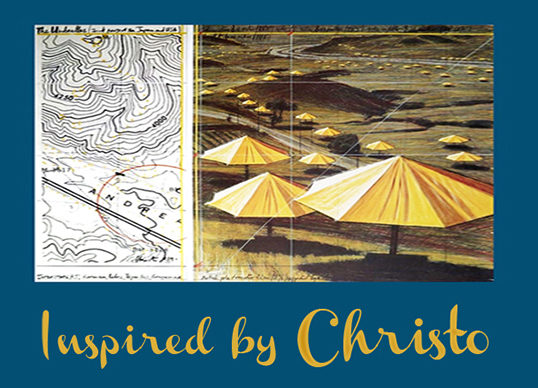Kotel / הכותל
חקקתי בתוך ספר שכולו מוקדש להיסטוריה של הכותל המערבי (״הכותל״ מאת מאיר בן-דב, מרדכי נאור וזאב ענר בהוצאת משרד הביטחון 1981). החקיקה חושפת צילומים וציורים מזמנים שונים של הכותל וכך נוצר מאין קיר בתוך הספר. בנוסף – בתחתית חתכתי שני חריצים עד עומק הספר ואליהם ניתן להכניס פתקים כמו שנהוג לעשות בכותל עצמו (פתקים עם תפילות, בקשות וחלומות שאנשים מכניסים לחריצים באבנים של הקיר). ובכך בתוך הספר יצרתי מיני כותל, ספר שניתן להתנייד לכל מקום (מאין דרך להתחבר לאנרגיה שמה שמסמל הכותל בכל מקום). העבודה הזאת שואלת גם שאלה בנוגע לכותל עצמו, קיר שבתקופת בית שני היה קיר שולי ולא מיוחד בשום דרך, והיום בזמננו (היות וזה השריד היחיד שנשאר) נהיה הקיר הכי קדוש. אז אם הכותל עצמו הוא רק זכרון של זכרון, ספר ההיסטוריה על הכותל הוא זכרון של זכרון של זכרון – ועולה כאן שאלה בנוגע לסיפור שסביב דברים בחיינו – אם הכותל (שהוא לא בית המקדש, רק קיר חיצוני) שהיום הוא קיר מאד קדוש יכול בחוויה שלנו לחולל ניסים, האם גם ספר שהוא רק זכרון של זכרון של זכרון יכול גם הוא לעשות כך
?
I carved into a history book that is completely about the ‘Kotel’ (also known as the ‘Western Wall’ or ‘Wailing Wall’) which is a limestone wall in the Old City of Jerusalem, the only living memory of what was an outside wall of the Second Jewish Temple (around 560 BCE to 70 CE). The Kotel (a hebrew word for ‘wall’) is one of the holiest places for Jews who go to pray there and place pieces of paper into the crevices of the wall (people usually write on the pieces of paper their prayers, wishes and aspirations – it is thought that more than a million notes are put there in a year).
What I did was took the official history book of the Kotel and cut into it revealing pictures and drawings from history of the Kotel. At the bottom of the book I cut two deep crevices which are cut all the way to the back of the book, via these crevices whomever has the book can slip in their own papers filled with prayers, wishes and aspirations.
What most interests me about this work in regards to the real Kotel – is that the real Kotel is actually not the Jewish Temple itself but an exterior wall and it is the only real memory we have of the temple (a plain exterior non-important wall in those days / a super holy wall nowadays). So this history book about the Kotel is a memory of a memory of a memory, and it becomes a way to connect to the Kotel without really needing to be there (I can take the book anywhere in the world and it will be a place for me to connect to that energy – putting a slip of paper with any prayer, wish or aspiration anytime needed).
One of the questions I feel that this work touches upon is – if an ancient wall (which was not special back then), and nowadays is holy (people feel it has special powers), then can a book written completely about the same wall – can it too summon and possess that same energy?

